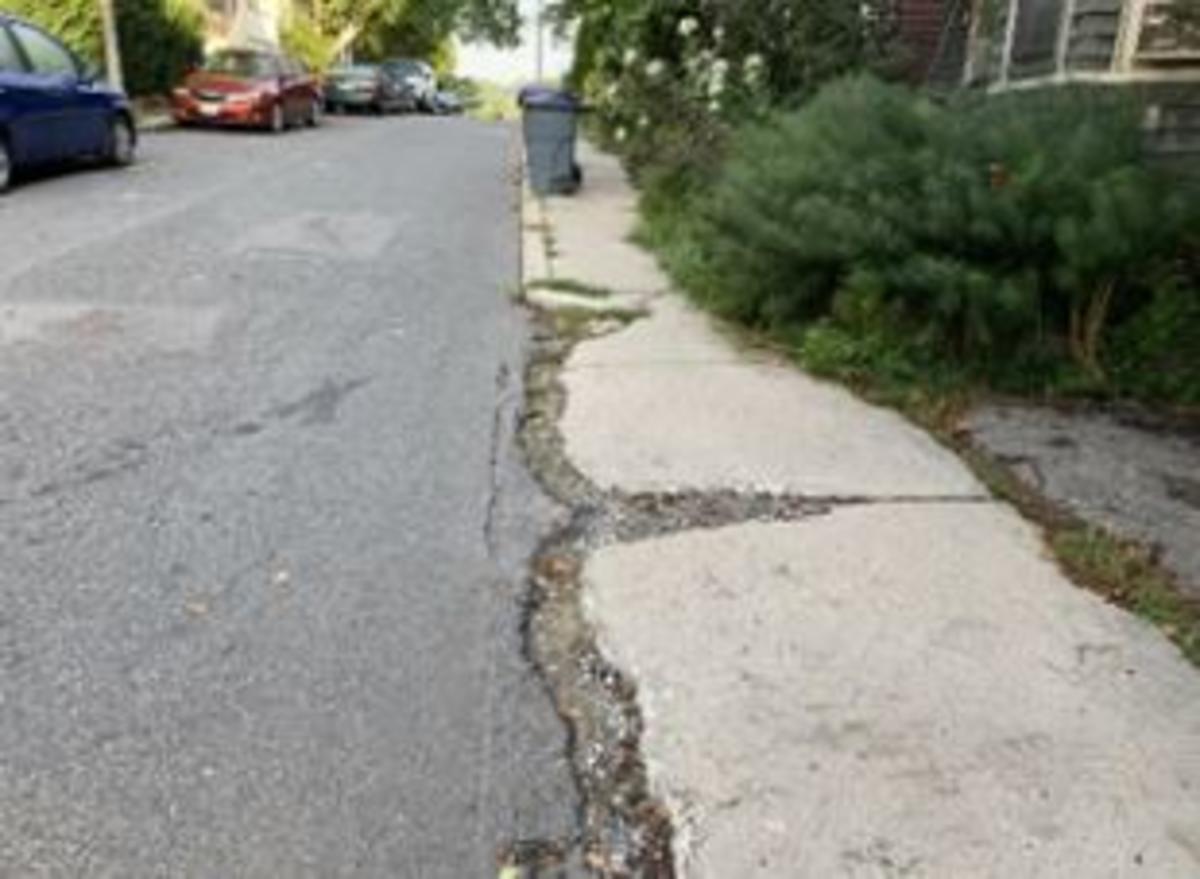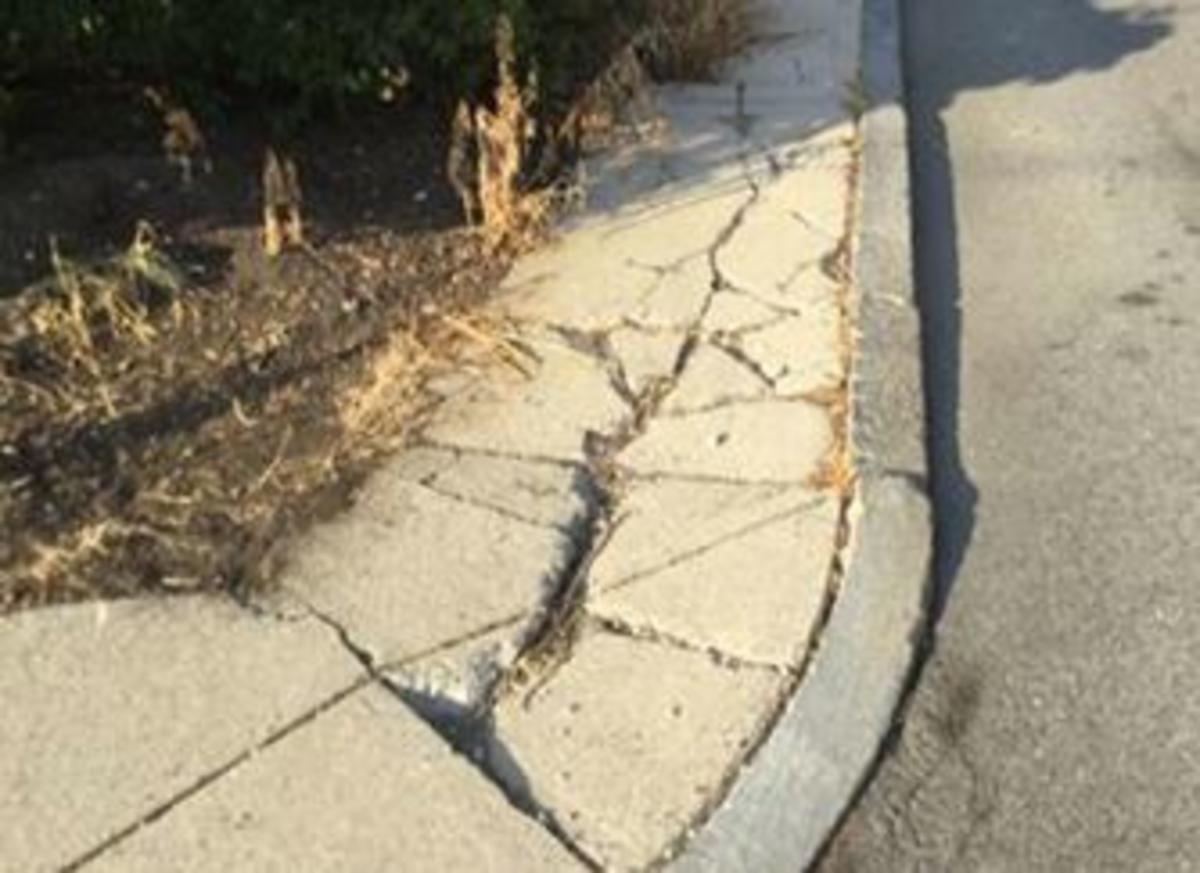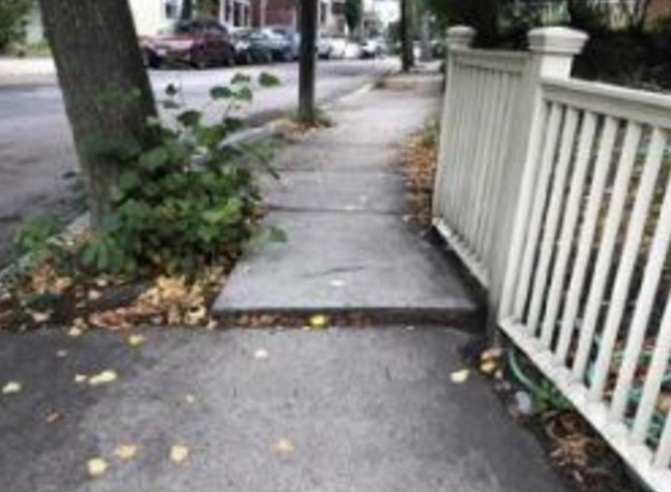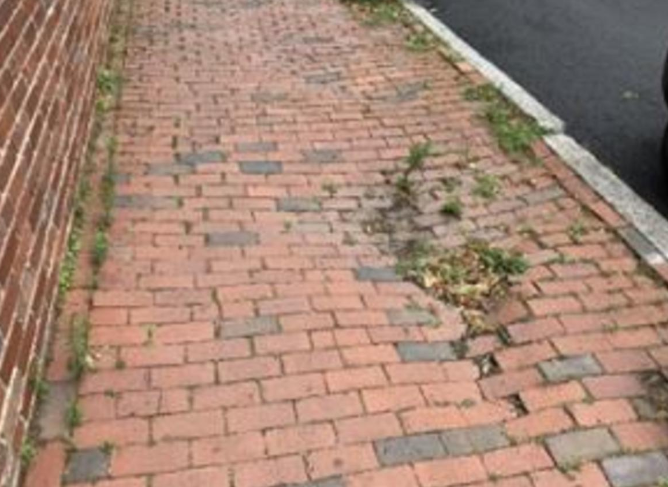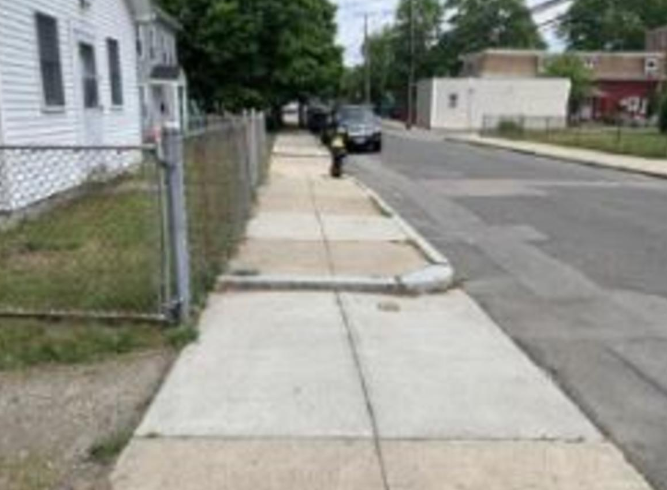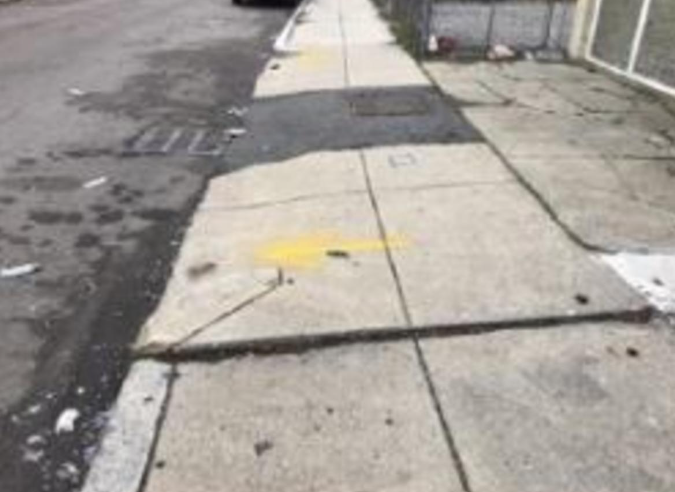Sidewalk Repair Program
Sidewalks are a critical piece of infrastructure that connect our neighborhoods and create a safe, pedestrian-friendly environment for residents.
The goal of the Streets Cabinet is to make our neighborhood sidewalks smooth, safe, and accessible for everyone. Whether walking, pushing a stroller, or using a wheelchair, we know that smooth sidewalks make a difference to you. For a variety of different reasons (extreme weather, tree roots, etc.), our sidewalks are at risk of being damaged. When defects do occur, and a Case Relationship Management (CRM) is created, we have a variety of ways to address and fix the problem. These include making the area safe, making minor repairs, and executing full sidewalk restoration/area-based neighborhood contracts. You can find more details about these repair projects below.
Sidewalk Repairs Map
ADA Compliant Ramps
Our sidewalk construction program also consists of upgrading our pedestrian ramps to make them ADA compliant. While construction crews are working on ramps, we always make sure that there is access to homes and businesses. In 2021, part of a landmark agreement to make streets and sidewalks more accessible to people with mobility disabilities, the City of Boston agreed to construct and/or upgrade approximately 1600 curb ramps per year until every corner at a pedestrian crossing has an ADA-compliant curb ramps. With every resurfacing operation in the City of Boston, we bring adjacent ramps into ADA compliance and make sidewalk repairs as necessary.
Examples of Damaged Sidewalks
ExamplesSidewalk Repair Response
When defects do occur, and a Case Relationship Management (CRM) is created, we have a variety of ways to address and fix the problem.
- Make Safe: We dispatch a member of the Public Works Highway Division to assess the situation and take the appropriate steps to make the area safe. In some cases, it requires placing a traffic cone over the affected area, barricading a portion of the damaged sidewalk, or smoothing/leveling a surface with small amounts of asphalt.
- Minor Repairs: Upon inspection and making the area safe, if it is determined that minor damage has occurred on City of Boston property - it’s our responsibility to repair. The relevant information (neighborhood, street, extent of damage, etc.) is entered into our sidewalk repair queue and sent to our in-house Craftsmen or city contractors to make the appropriate repairs. *If sidewalk damage was caused by a utility company or any other entity within city limits, we notify them and expect them to make repairs in a timely fashion.
- Full Sidewalk Restoration/Area-Based Contracts: To determine neighborhoods that require a full sidewalk reconstruction, engineers inspect sidewalks using industry standard inspection techniques. We develop a score, called the Sidewalk Condition Index (SCI) which helps us to choose sidewalks in the most dire need of repair. Additionally, we factor metrics such as social vulnerability and proximity analyses (calculates distance from critical infrastructure such as hospitals, public transit, etc. ) to help determine the highest priority repair locations. In 2025, the Office of Streets will execute six new area-based sidewalk contracts: four concrete contracts covering the neighborhoods of Allston-Brighton, Mattapan, Roslindale and Mission Hill, one brick contract covering the South End, and one brick/concrete contract covering repairs to sidewalks citywide
What to Expect
There are six steps to any sidewalk project:
- We cut and remove the sidewalk where the work is taking place. This normally happens a week ahead of the rest of the work.
- We close the sidewalk and detour pedestrian traffic away from the work area.
- We dig out the old sidewalk, reset the granite curb to the right height, and build wood frames to form the new concrete.
- We place the new concrete. This typically happens in two phases over two days.
- The concrete will stay roped off to harden. The sidewalk can usually be walked on by the end of the day
- We patch the roadway next to the work and re-open the sidewalk. It takes between three and five days to build new sidewalks and ramps.
Frequently Asked Questions
FAQTo determine neighborhoods in most need of repair, engineers inspect sidewalks using industry standard inspection techniques. We also factor social vulnerability and proximity analyses to establish our sidewalk repair schedule.
Q: How many full restoration contracts is the City funding in 2025?
A: In 2025, the Office of Streets will execute six new area-based sidewalk contracts: four concrete contracts covering the neighborhoods of Allston-Brighton, Mattapan, Roslindale and Mission Hill, one brick contract covering the South End, and one brick/concrete contract covering repairs to sidewalks citywide.
Current locations can be found on the GIS map above.
The City has an estimated sidewalk repair backlog of $800M and has thousands of ramps which need to be reconstructed to meet ADA requirements. While we cannot repair every defect immediately, we are increasing investments in sidewalk repairs and we prioritize the areas with the greatest need with the resources we have.
We encourage anyone who sees a damaged sidewalk to contact Boston 311. Once a case has been created, a member of the Public Works Highway Division is dispatched to assess the situation and take the appropriate steps to make the area safe.


